From Sudan to South Sudan: Stories of loss, trauma and resilience
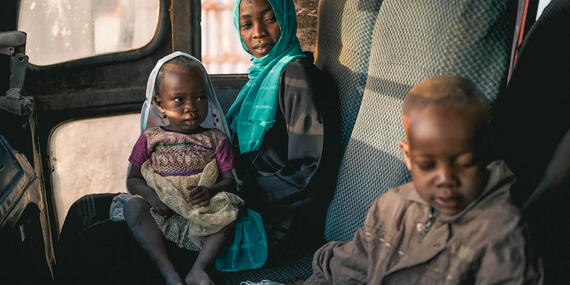
In April 2024, photojournalist Liz Loh-Taylor travelled with OCHA to Renk, South Sudan, to document the humanitarian situation. She shares the stories of the people she met.
The sun was just rising, peeking above the line between the grating lands of South Sudan and the sky that was a beautiful hue of orange and pinks, deepening as the sun rose. The air was cool enough to be tolerable. It was just past 5 a.m.
Renk town has been a refuge for people fleeing the war in Sudan since April 2023. It is located in South Sudan’s Upper Nile State, around 60 km from Joda, the official entry point for those fleeing the war. As of 8 July, nearly 739,000 refugees and returnees have fled into South Sudan, including more than 595,000 people recorded at the Wunthow/Joda point of entry.
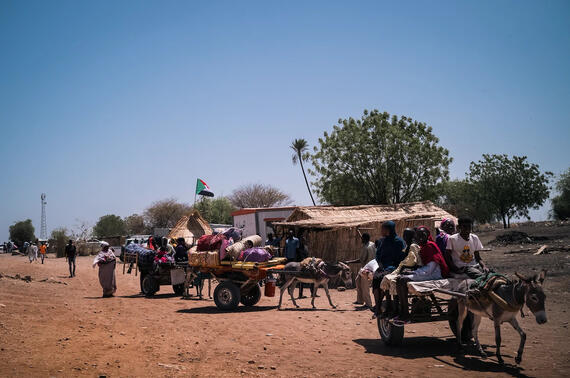
Because the influx of people quickly flooded the first transit centre, the UN Refugee Agency (UNHCR) and the International Organization for Migration (IOM) constructed a second centre. But that is now also overpopulated, as people continue streaming into Renk and other border towns between Sudan and South Sudan.
Both transit centres combined can host only 3,557 people, according to UNHCR. However, about 52,000 people are stranded in and around the centres. Living conditions are dire. There isn’t enough food, water, shelter, sanitation facilities or medical care, and many people arrive at the border injured, acutely malnourished and sick, having walked for weeks to reach safety.
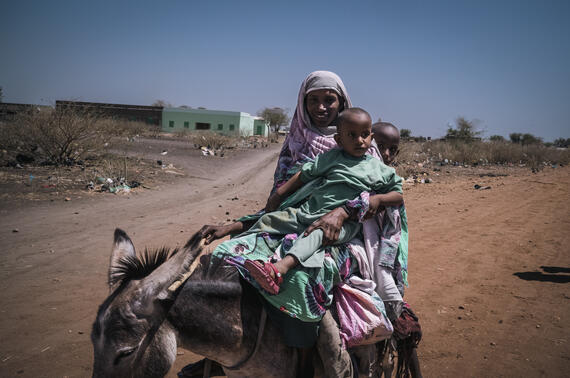
The second transit centre was filled with people of all ages, including babies born there, and elderly people who looked too frail to have escaped a war zone. Many told stories of how they negotiated their way into packed buses and trucks; others navigated some of the perilous journey south on foot.
Among the more permanent tin structures were masses of tents of varying sizes. Makeshift branches were rooted into the ground, creating the structure for walls that comprised an array of coloured fabrics, none of which provided shelter from the elements. Some of the displaced people have lived in the centre for more than a year; some only just managed to flee the war and arrived the previous night. But all their encounters, though nuanced, were similar, marked by horror, trauma and loss but also strength.
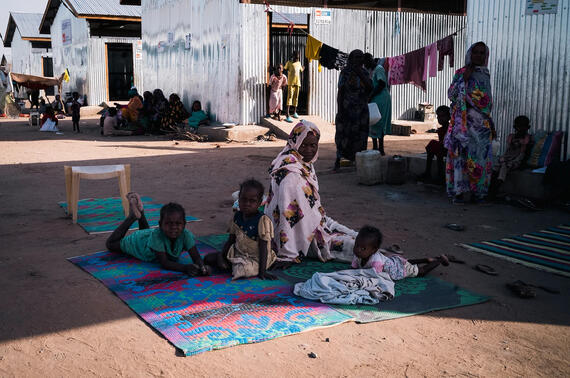
As I walked through the transit centre, I felt a thud and two small arms embrace me from behind, and then a little head collided lovingly into my back, taking me by surprise. I turned to the widest, happiest smile of a little six-year-old Sudanese girl, Hanina. She chatted away in Arabic, her dark eyes inquisitive. I understood a word here and there. Eventually my attempt to work out what she was saying was replaced by screeches of laughter as we galloped like two little horses past the tents, finally arriving at Hanina’s tent, where two women were sitting. Hanina’s grandmother smacked her palm against one ear, a feeble attempt to drown out the squeals and bellows from a two year old barely stable on her feet.
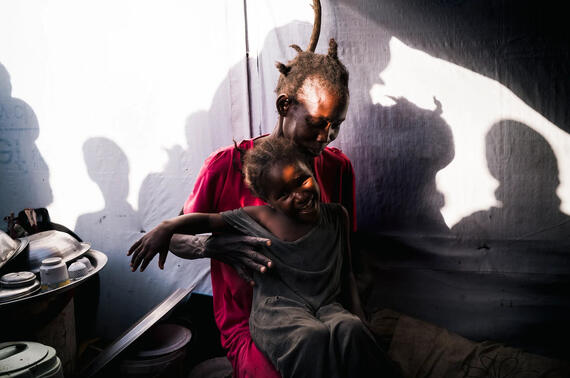
Hanina threw herself at her mother, who almost tumbled backwards into a makeshift kitchen consisting of a pot raised above some charcoal. Both women lost their husbands in the war that has consumed the north. Both men were shot. The family has lived in this centre since January; seven family members share a meagre tent measuring about 3 m2.
I navigated through the transit centre, ducking under lines of washed clothing now dried to a crisp, and stumbling upon a baby or two doing tummy time on scraggy blankets that just about shielded them from the hard earth below. I then followed an unexpected chorus of children’s voices, arriving at what appeared to be a child-friendly space, with two classes of children of varying ages. The younger ones doodled on pieces of paper while the others repeated after the teachers up front. When big smiles beamed up at me I realized I was distracting the classes, and so I kept moving. But it was heartwarming to witness children learning in the midst of war and displacement, as, sadly, normal schooling is now impossible.
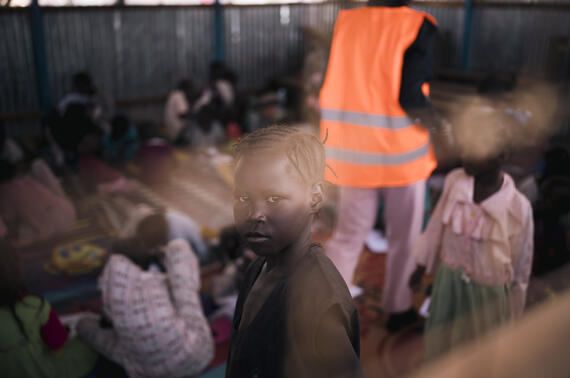
The transit centres are primarily run by UNHCR and IOM, but numerous other humanitarian organizations work conscientiously and tirelessly to provide vital health care, including counselling for men and women, many of whom have experienced an intolerable amount of trauma. Families also receive food and cash assistance.
As I walked, Mary, who works for the International Rescue Committee, explained the difficulty balancing the amount of aid provided while encouraging self-sustainability.
She explained: “These centres were designed to be temporary sites that facilitated the transition of the displaced population to more permanent sites. They simply are not equipped for extended stays, but that is difficult for people to understand.”
Having spoken with many families here, I realized there are many reasons people chose to stay, even though conditions are challenging and overcrowding adds immense pressure to health and food resources, which are severely limited.
Others simply hoped to return to their livelihoods, and to family members who were separated.
